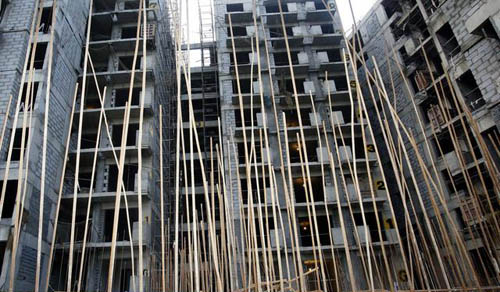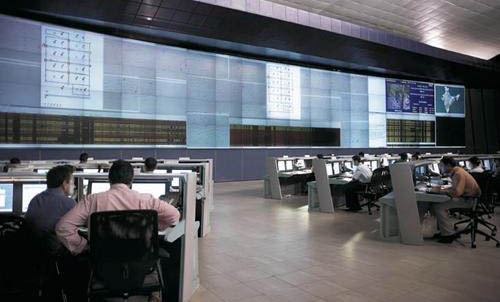
Tax rebates for individual taxpayers could revive the residential property market
Anshuman Magazine, CMD of CBRE South Asia writes how tax…

Anshuman Magazine, CMD of CBRE South Asia writes how tax…

The report “India’s Real Estate Market Outloo 2016” is part of CBRE’s Asia Pacific Markets Outlook Report series. CBRE forecasts that Asia Pacific’s steady economic growth will continue to outpace the rest of the world in 2016.

Track2Realty Exclusive: The time of transition for the Indian real estate and construction sector has finally arrived. Since last few years, a number of regulations pertaining to the real estate market were put on hold. A number of them are now at the draft stage waiting for Parliament’s approvals.

Track2Realty: New residential unit launches across top eight cities declined by 12% y-o-y in 2014 with total launch of 153,000 units. The top three cities of Bengaluru (27%), NCR (17%) and Mumbai (16%) comprised of 60% of the total new launches in 2014, says a report by Cushman & Wakefield.

Track2Realty: Residential sales declined by approximately 30% y-o-y by the end of 2014 in the seven leading cities of the country, largely due to high price points, sticky interest rates and cautious buyer sentiments. The decline, which was noted across all major cities, was particularly steep in the DelhiNCR (National Capital Region).The slowdown was reported in the premium/luxury as well as the high-end/mid-end housing segments.

Track2Realty Exclusive: In 2014, India elected a new Central Government with absolute majority after three decades. The absolute majority helped in the formation of the strong government capable of taking decisive steps without much opposition. Likewise, several pro-business reforms were introduced to propel the infrastructure growth and to infuse a positive sentiment for the future of the real estate sector including revitalising Special Economic Zones (SEZs), development of several industrial corridors, creation of 100 smart cities, relaxation in FDI norms in real estate, supporting affordable housing sector, introduction of REITs and InVITs etc

Track2Realty Exclusive: 2014 was an eventful year for the commercial real estate market in India. The economic outlook in the first half of the year was uninspiring. Coupled with political uncertainty this resulted in investors and occupiers stalled making any real estate decisions. Business confidence was at its lowest. The sentiment changed dramatically in the second half post the national elections as it became clear that there would a ‘new’ stable government.

Track2Realty Exclusive:Following nearly two years of sub-5% growth due to currency volatility, high inflation and fiscal deficits, poor investment and market sentiment scenario, India’s economy bounced back with a growth rate of 5.7% during the April–June period of FY 2014–15, up from 4.6% in the preceding quarter. With business prospects improving across key sectors, the economy is expected to display further improvements in the next quarter.

Track2Realty Exclusive: FICCI has recently released Real Estate Sentiment Index for Q3-2014. The report is also supported by sensitive data being put forth by one of the world’s leading independent real estate consultancy, Knight Frank. The index or a very formal survey conducted by the joint efforts of these two independent organizations revealed a lot about Indian realty market.

Track2Realty: Knight Frank India in association with the Federation of Indian Chambers of Commerce & Industry (FICCI) in its fourth set of findings of its flagship report – the Real Estate Sentiment Index for Q3 2014 (July – September) finds that sentiments are still riding high, though investors remain cautiously optimistic. The report captures the sentiments of the supply side stakeholders on the current real estate market conditions and gives a view into the near future.
